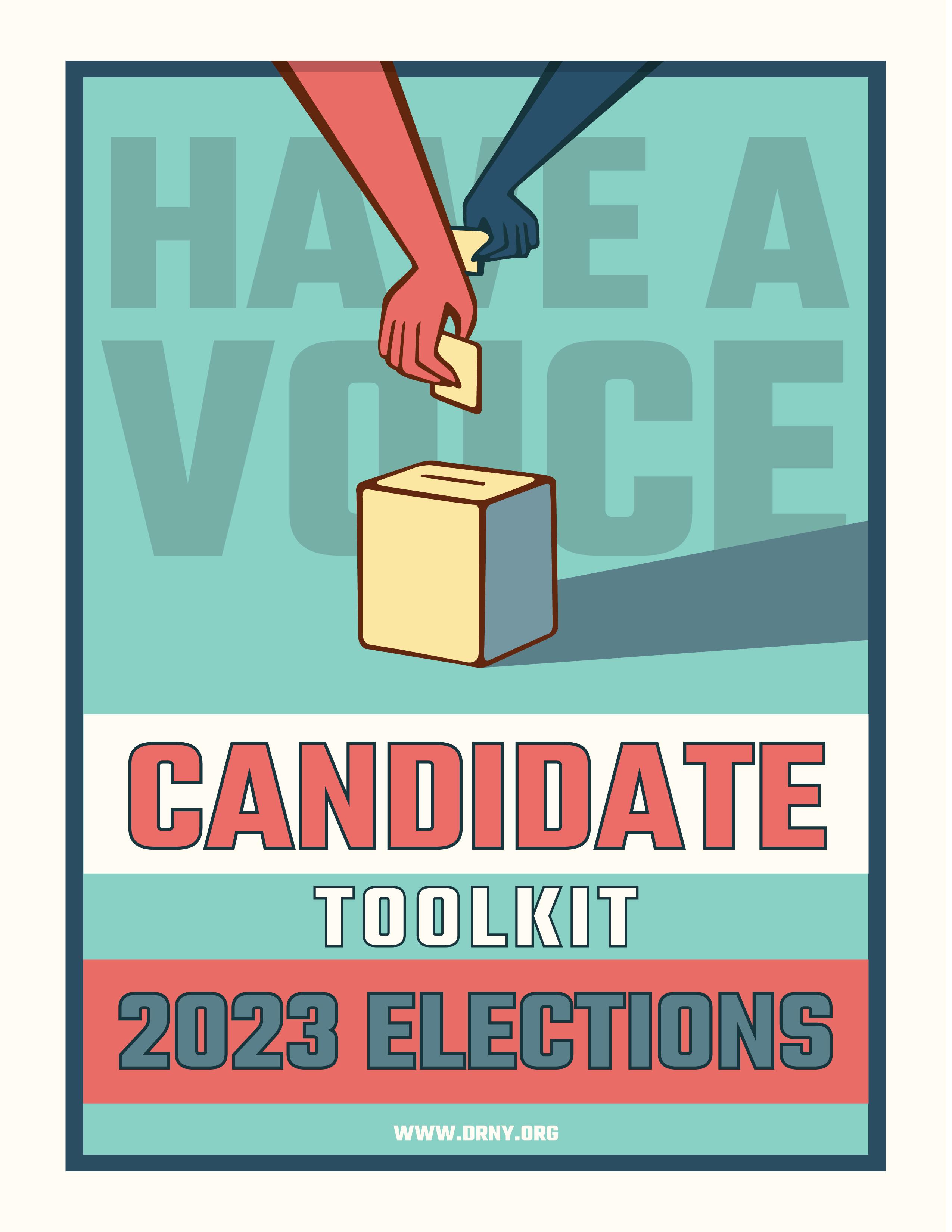

A Toolkit for Candidates
Voting Guidelines & Rules
Engaging Voters with Disabilities
Important Dates
Statistics from the CDC
WHO WE ARE
Disability Rights New York’s (DRNY) Protection and Advocacy for Voting Access (PAVA) was created by U.S. Congress through the Help America Vote Act (HAVA) of 2002. We advocate to ensure every New Yorker can vote in every election.
DRNY works to safeguard each step of the voting process, making sure it is accessible to people with disabilities. We advocate for your right to vote and work to remove barriers in New York’s voting program. We are helping voters with and without disabilities have a voice in our democracy.
PAVA provides the following services:
Help New Yorkers register to vote.
Ensure that people, regardless of disability, have the opportunity to vote.
Provide training and education programs to increase informed voting in the community.

Inform people of their voting rights.
Provide individual and systemic advocacy to address barriers and problems in New York State’s voting program.
VOTER REGISTRATION

M ini M u M R equi R e M ents
to register to vote in new york state .
Be a U.S. Citizen; Live at your current address for at least 30 days before elections;
Be 18 years old on or before the date of the election; and
Submit your Voter Registration Form prior to the voter registration deadline.
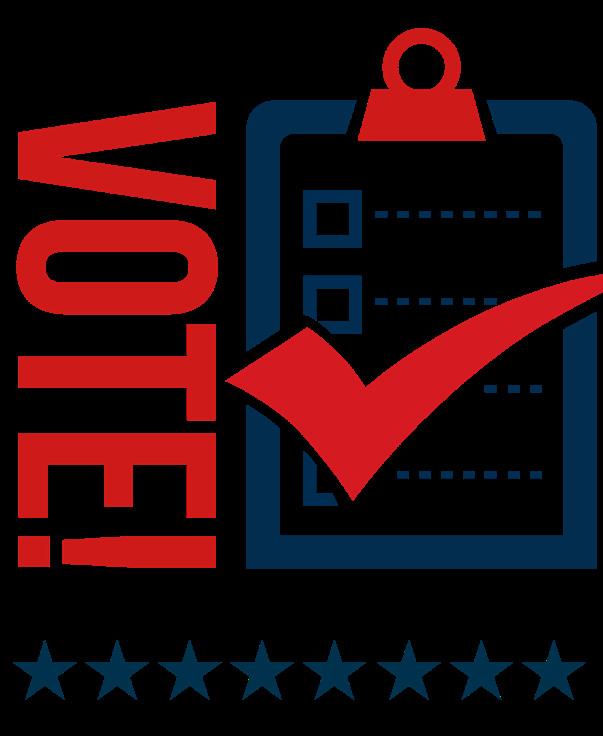
Voting With A Criminal Record
People with Felony Convictions CAN vote if:
You are living in the community, OR You are on probation; OR You are on parole.
DOCCS staff must give you the opportunity to register to vote at the time of your release from state prison.
People in prison serving a felony sentence CANNOT vote.
People in jail for a misdemeanor, violation conviction, or awaiting felony trial CAN vote using an Absentee Ballot.
You MUST be a registered voter in the county where you currently reside to vote in upcoming elections.
Individuals under guardianship can vote unless a judge has ordered that the individual is not competent to vote.
ONLY A JUDGE can determine if someone is not competent to vote.
YOUR RIGHTS TO VOTE
A voter with a disability has the right to: Vote privately and independently.

An accessible polling place that is free of physical barriers.
Use an accessible voting machine to mark your ballot.
Get help with voting from a person of your choice. Except your employer or union representative. Request a provisional/affidavit ballot.
13 THINGS VOTERS WITH DISABILITIES NEED TO KNOW
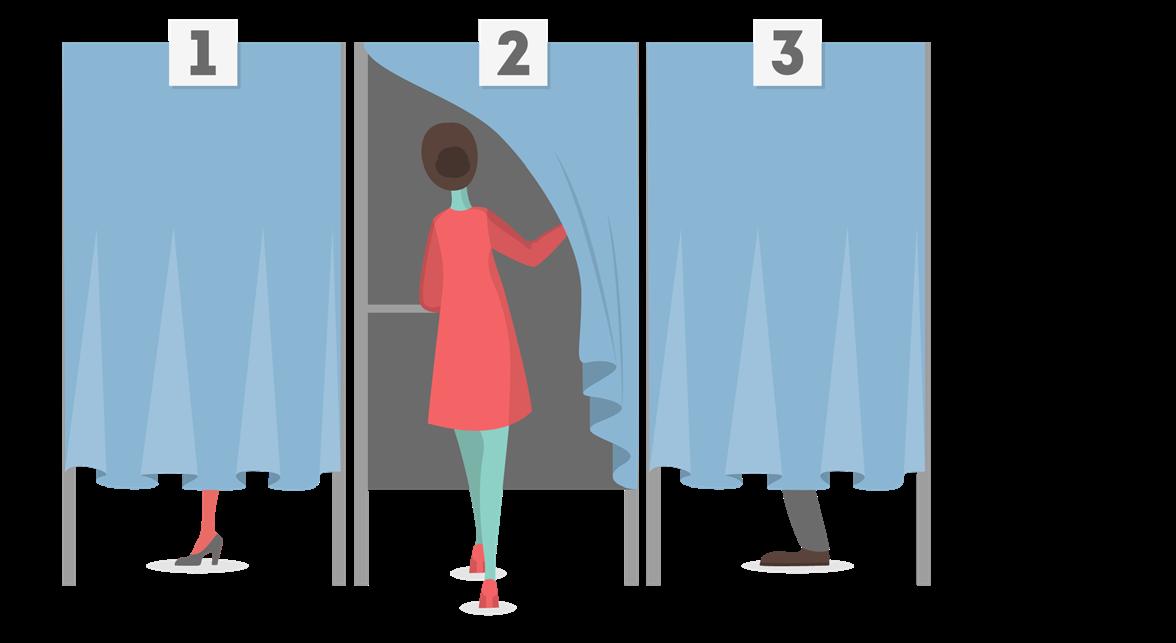
1 Your vote matters.
Elections are often determined by voter turnout, and a handful of votes can change the outcome of an election. There are over 38 million eligible voters with disabilities, making the disability community a substantial voting bloc with the capacity to impact elections and policy making.
2
You have the right to vote independentlY and privatelY .
You have the right to make independent choices about voting and to cast a ballot without any interference. You have the right to do so privately and to keep your vote secret.
3
You have the right to get help with voting.
Help can be provided by a friend, family member, caregiver, a service provider, or a poll worker. The only people who cannot help you mark or cast your ballot are representatives of your employer or union.
4
onlY a judge can decide someone is not competent to vote .
Election officials and poll workers cannot stop you from voting because of your disability. Staff in hospitals, nursing homes, and other institutions cannot refuse to allow residents to register and vote or to obtain absentee ballots.
5
You have the right to vote bY absentee ballot.
An absentee ballot enables you to mail in your vote, or deliver your ballot early, instead of appearing at a polling site on Election Day. You can call 1-800-FORVOTE (1-800-367-8683) to request an absentee ballot application or download one at www.elections.ny.gov/VotingAbsentee.html
6
You have the right to an accessible polling place.
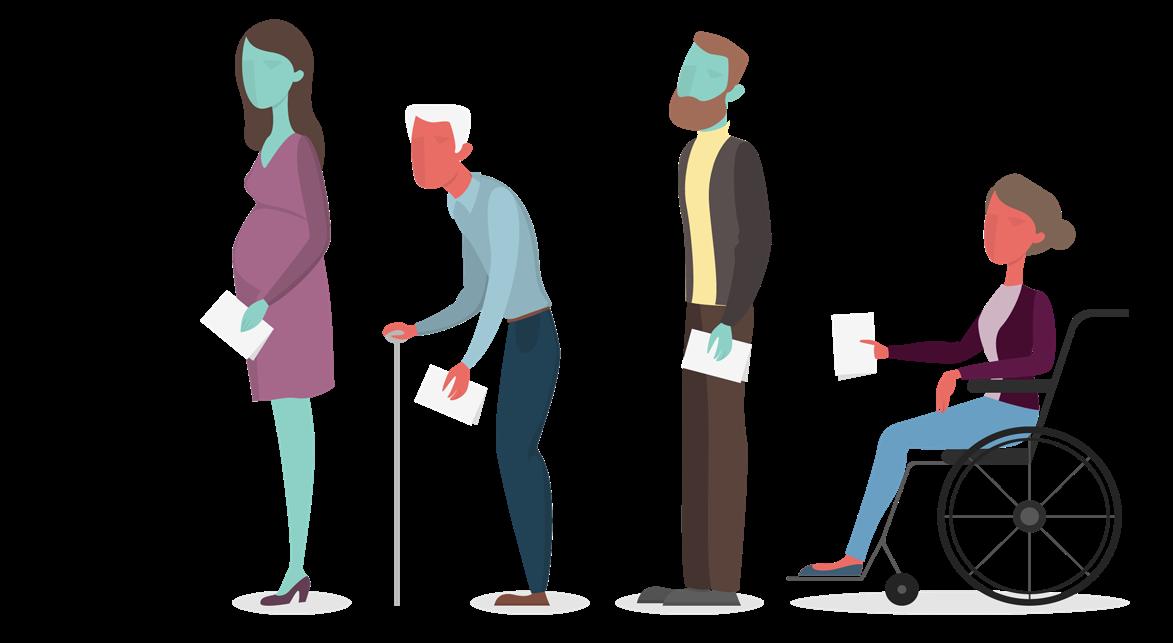
The Americans with Disabilities Act requires all polling sites to meet accessibility standards. Those standards ensure equal access for people with disabilities, including voters who use wheelchairs or other mobility devices or who are blind or have vision loss.
7
You have the right to use a ballot marking device (bmd).
The Help America Vote Act requires all polling sites to have working BMDs. A BMD is an accessible voting machine that allows individuals with low vision, limited dexterity, physical impairments, or other disabilities to mark their ballot privately and independently. You do not need to have a disability to use a BMD. Using a BMD can be helpful because it provides audio instructions for the voting process.
8 it’s easY to register!
You can call 1-800-FOR-VOTE (1-800-367-8683) to request a voter registration form and to inquire about registration deadlines. You can also visit www.elections. ny.gov/VotingRegister.html to download a voter registration form and access other voting information. To check your registration status visit voterlookup.elections. ny.gov/.
9 You must show up at the right polling place.
You can identify your polling site by calling 1-800-FOR-VOTE (1-800367-8683) or visiting voterlookup. elections.ny.gov/.
10
You don’t need a government-issued id to vote.
Most voters are not required to present identification when voting in New York. If you are voting for the first time in New York and did not provide any identification information when you registered, you may be asked to provide some verification of your identity, such as a photo ID, a utility bill, a bank statement, a paycheck, or government document that shows your name and address. 11
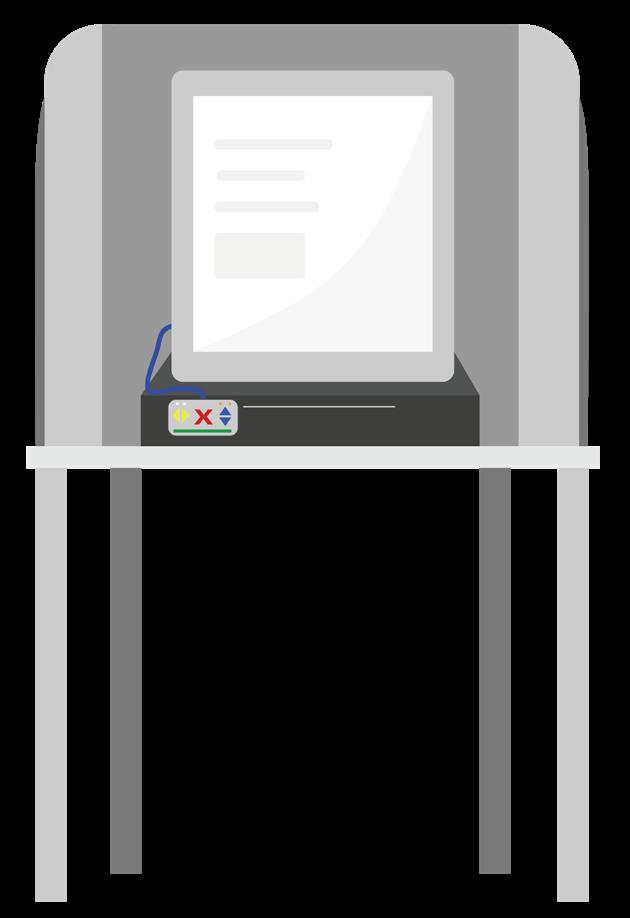
You have the right to a provisional ballot.
If you are asked for identification and cannot provide it, or if there are any other problems with your registration, you can ask the poll worker for a provisional/ affidavit ballot. A provisional/affidavit ballot allows you to cast your vote pending verification of your eligibility. 12

You have the right to make informed voting decisions.
justfacts.votesmart.org
Ballotpedia.org.
Vote411.org/new-york.
It’s important to learn about the issues and candidates before voting. You can visit the following sites to learn about ballot measures and candidates, and to find out about upcoming debates or forums: 13
You have the right to file complaints about inaccessibilitY.
If you believe that your right to equal access to voting has been violated, you can file a complaint with the New York State Board of Elections. If you experience any issues related to being a voter with a disability, please contact Disability Rights New York at mail@drny.org or 1-800-993-8982.
YOUR VOTE MATTERS!
t he n Y s P R i M a RY e lection is J une 27, 2023.
t he G ene R al e lection is n ove M be R 7, 2023.
Here are all the ways you can cast your ballot in New York State:
In-Person Voting

You can vote in-person on Election Day or during early voting for the upcoming Primary Election and General Election.
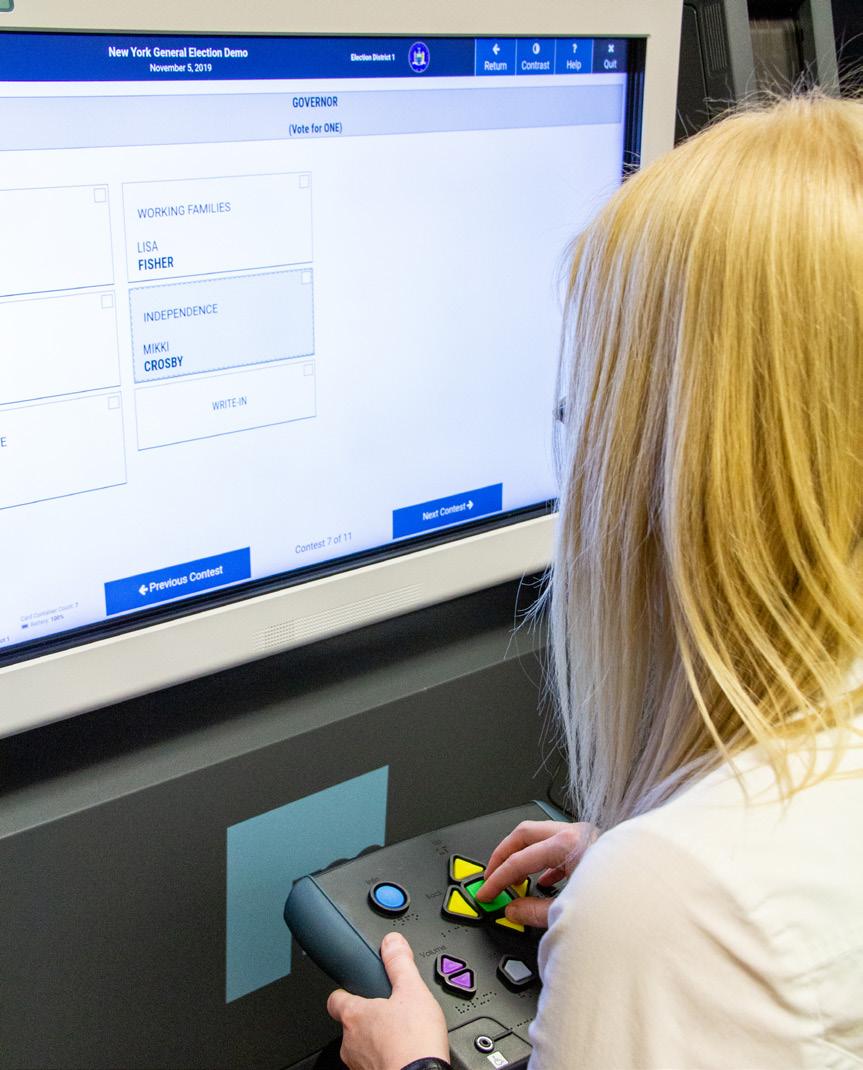
Primary Election Early Voting:
June 17 - 25, 2023
General Election Early Voting:
Oct 28 - Nov 5, 2023
Poll locations are open from 6am-9pm on Election Day:
November 7, 2023
Absentee Voting
You can request an absentee ballot today from your County or State Board of Elections. Forms are available on the NYS Board of Elections website:https://www. elections.ny.gov/NYSBOE/download/voting/AbsenteeBallot-English.pdf.
County Board of Elections should also have the absentee ballot request form available on their website or by contacting them directly.
You can apply online, by mail or email, or fax a completed absentee ballot application or letter request to your County Board of Elections office for the Primary Election on or before June 12, 2023 and the General Election on or before October 23, 2023.
If you miss this deadline to request an absentee ballot by mail, you can go to your County Board of Elections office and request an absentee ballot in person for the Primary Election no later than June 26, 2023 and the General Election no later than November 6, 2023.
Voters who request an absentee ballot will be mailed a ballot, instructions, a return envelope, and an “oath envelope” that must be signed before mailing it back. It is important to read the instructions carefully before returning your absentee ballot.
Voters should get their absentee ballot requests and completed ballots in the mail as soon as possible. Delays in the US Postal Service’s delivery may impact timely delivery.
Accessible Absentee Voting
If you have a disability that prevents you from voting using a paper absentee ballot, you can request an electronically delivered and markable ballot from your County Board of Elections. Voters with disabilities must first complete the accessible absentee ballot request form, found here: https://absenteeballot.elections.ny.gov/ home/accessible, and also available through every County Board of Elections office. After requesting an accessible absentee ballot, voters will then receive by email an accessible absentee ballot that can be marked using a screen reader and other common assistive technologies.
Voters will receive in the mail a return envelope, an oath envelope, and instructions from their County Board of Elections.
The Accessible Absentee Ballot is not fully accessible.
Voters must still print their marked ballot and send it back to the County Board of Elections office. Your completed ballot must be mailed to your County BOE. Addresses found here: https://publicreporting.elections.ny.gov/CountyBoardRoster/ CountyBoardRoster.
IMPORTANT DATES
New York 2023 Elections
CHANGE PARTY ENROLLMENT.
Online: februarY 13, 2023
Received by mail, or in person: februarY 14, 2023.
NEW YORK STATE PRIMARY*
change of address deadline (Primary Election)
voter registration deadline (Primary Election)
earlY voting
june 27, 2023
June 12, 2023
June 17, 2023
June 17-25, 2023.
*Your county may host Primary Elections on a different day. Check with your County Board of Elections for more info.
GENERAL ELECTION
change of address deadline (General Election)
voter registration deadline (General Election)
earlY voting
november 7, 2023
october 23, 2023
october 28, 2023
october 28- november 5, 2023
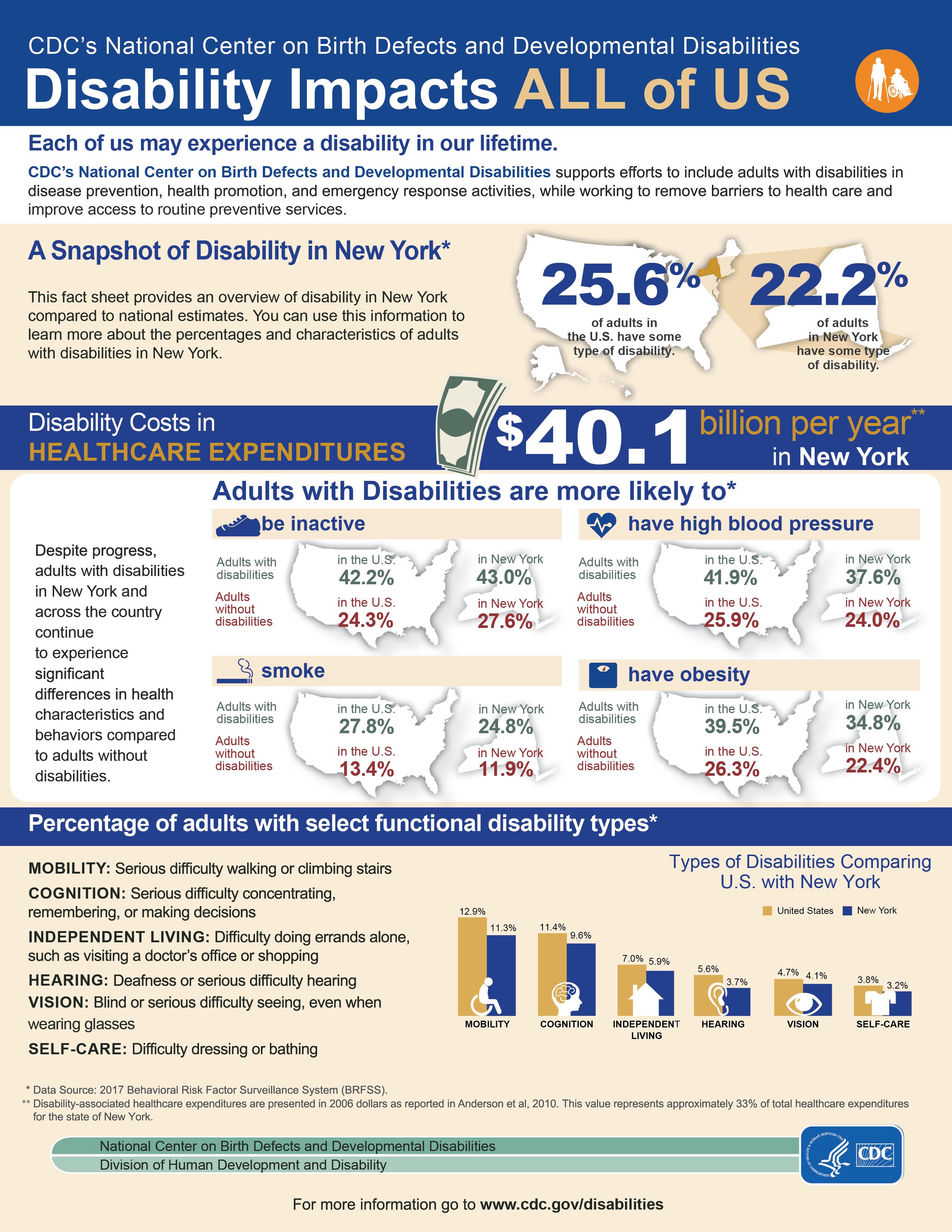
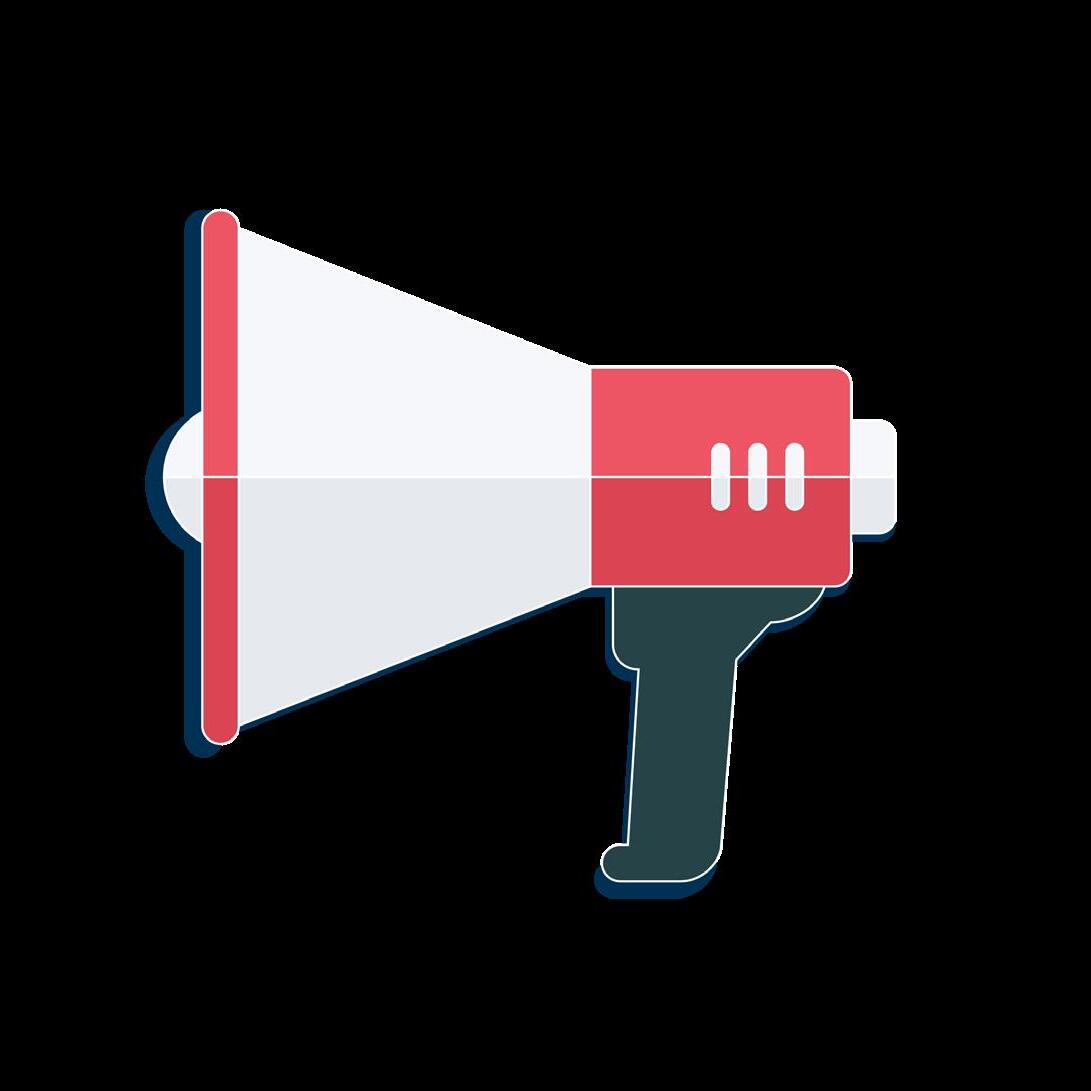
MAILING ADDRESS: Disability Rights New York, 279 Troy Road, Ste 9, PMB 236, Rensselaer, NY 12144
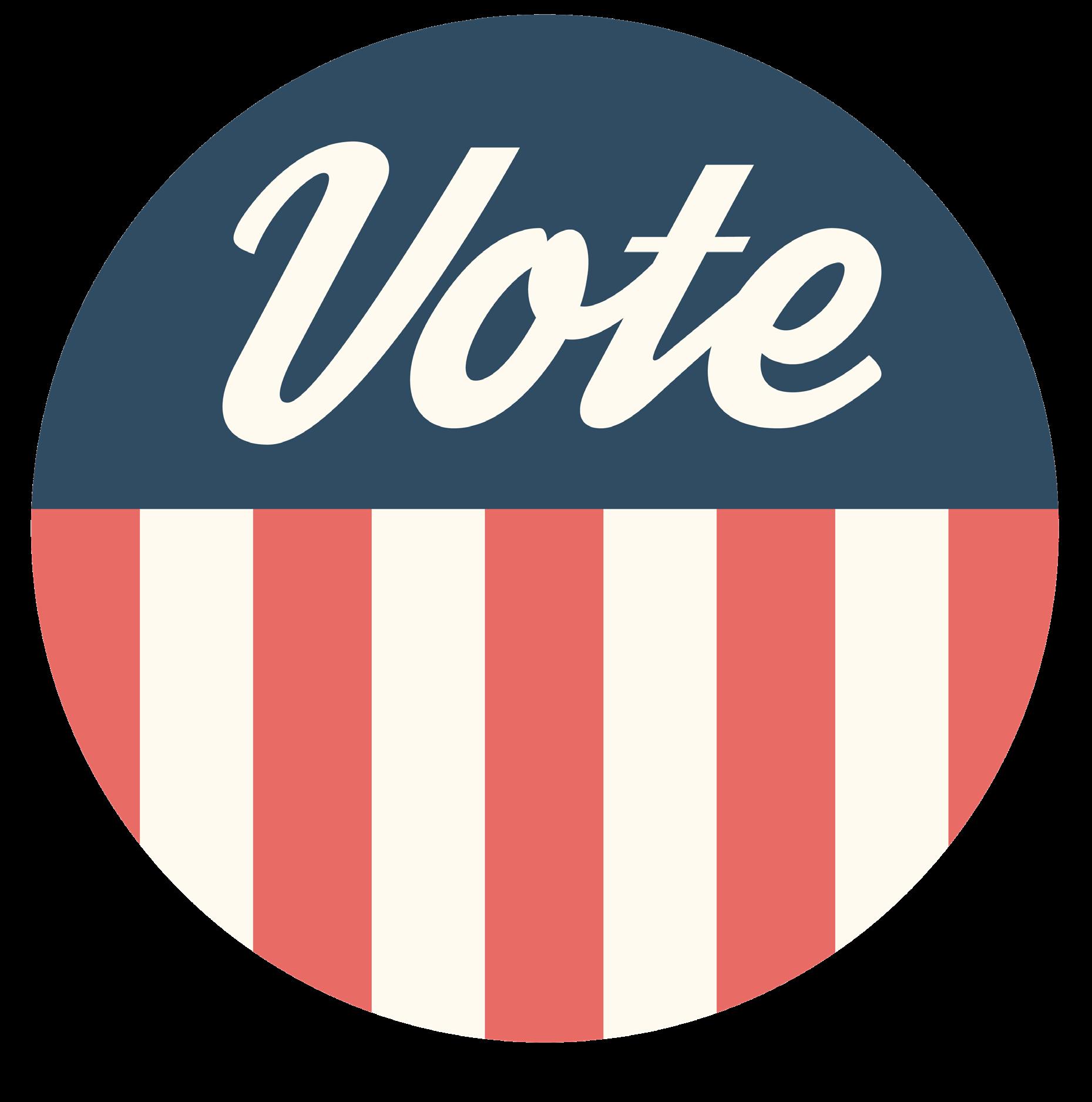
DRNY is supported at taxpayer expense by the U.S. Department of Health & Human Services, The Administration for Community Living; Center for Mental Health Services, Substance Abuse & Mental Health Services Administration; U.S. Department of Education, Rehabilitation Services Administration; and, the Social Security Administration. This publication does not represent the views, positions or policies of, or the endorsements by, any of these federal agencies.
FOLLOW US:





www.drny.org

